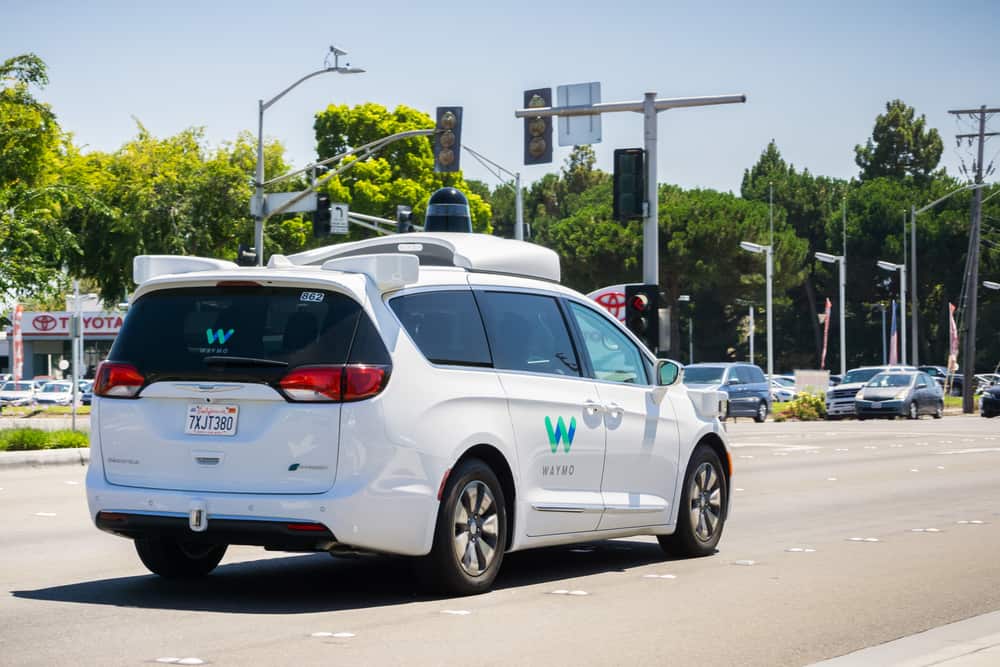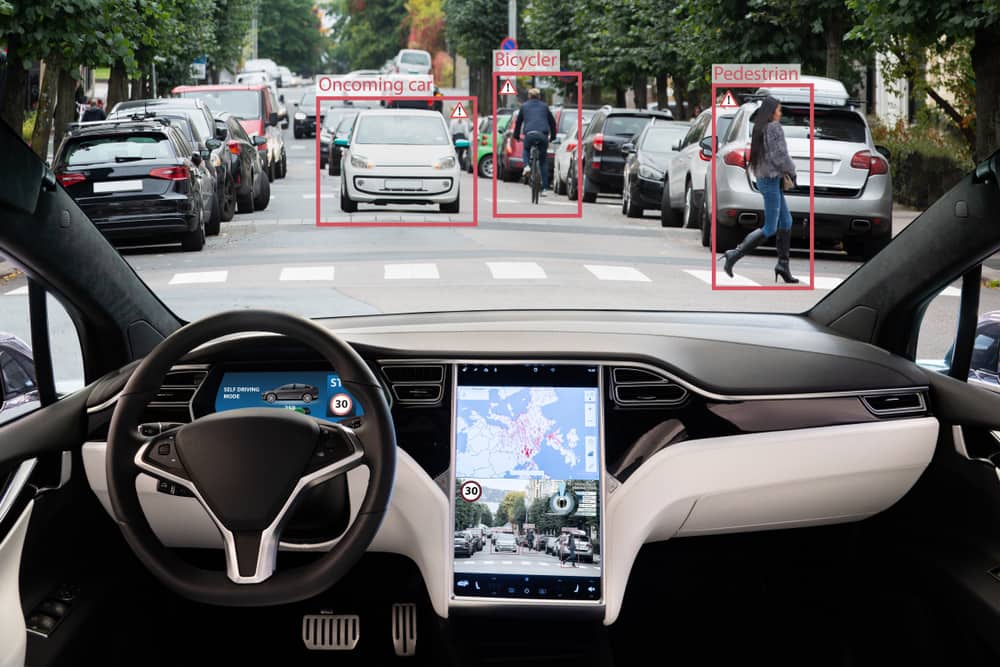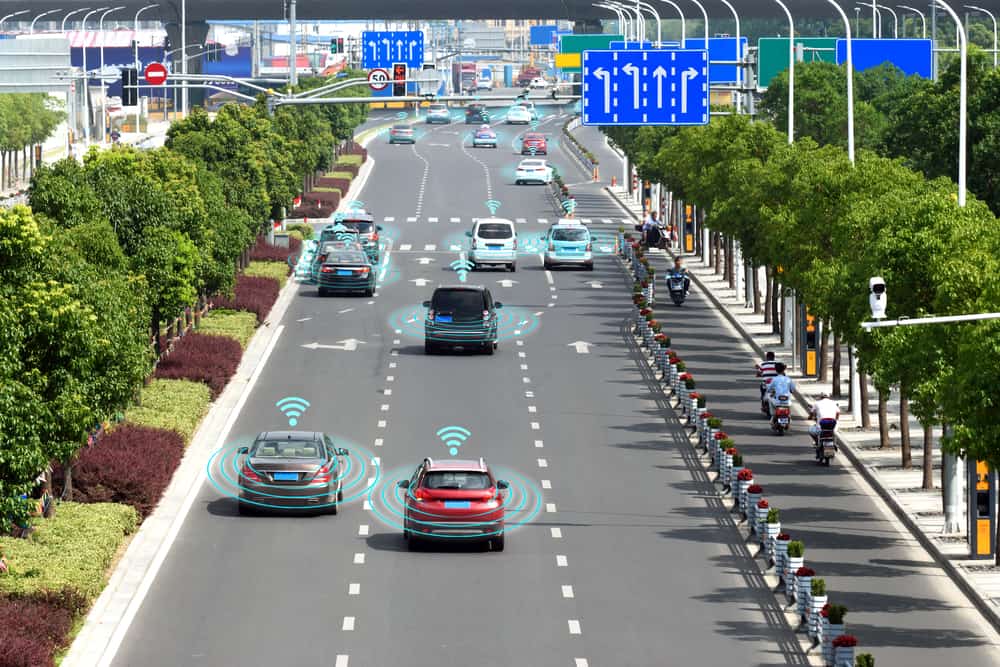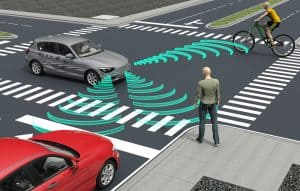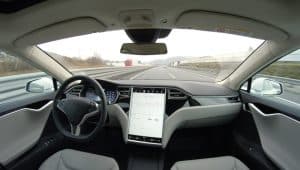With nonstop innovations in technology and transportation, autonomous vehicles have become less of a rumor and more of a reality in recent years.
As this option becomes more available to the average auto owner, renter, or passenger, it’s good to be in the know about what makes these marvels work and if they are the right option for you.
Here’s a quick explainer on what you need to know about autonomous vehicles.
What Does Autonomous Vehicles Mean?
“Autonomous vehicles” is a bit of a mouthful, but it simply means any vehicle that doesn’t require a human driver in order to operate.
They’re also known as driverless cars or self-driving cars.
In the past, ventures in self-driving cars have been whispered about in conjunction with ultra-rich tech giants like Tesla, but successful models are predicted to soon become widely available, with some already on the road.
It’s clear that automated systems in vehicles are on their way to becoming the standard in the general auto industry, not just those of the upper echelons.
How Do Autonomous Vehicles Work?
Autonomous vehicles have varying levels of automation depending on the amount of control a human driver would have. The most independent models use sensors and radars to determine environmental conditions and use that information to drive the vehicle.
We’ve seen this in the past with cars that have automatic braking when they sense a person or object in front of the vehicle.
We’re about to witness the spread of radar that can detect the following:
- Systems that monitor the driver
- The environment outside the vehicle
- Traffic signs and signals, and other vehicles in the vicinity.
Current models with these features include the Mercedes-Benz 2021-2022 GLE, the Tesla Model 3, and the 2020 Subaru Legacy.
What Type of Radar is Used in Autonomous Vehicles?
Autonomous vehicles use data from a combination of source sensors to accomplish these feats: camera, radar, and lidar. Camera visuals identify objects in the vehicle’s environment while radar and lidar are used to calculate relevant data points about these objects, such as:
- Distance away
- Speed of movement
- The direction of movement
Lidar technology uses light waves to measure and calculate variables, while radar utilizes radio waves.
Lidar vs. Ground Penetrating Radar
Ground penetrating radar (GPR) is emerging as an important new component of autonomous vehicles. While GPR has been around for a while in other areas of science and tech, this application opens up some new avenues of use for self-driving cars.
One concern that people have with self-driving cars is if weather conditions interfere with the camera, lidar, and radar sensors that are operating the vehicle.
By using GPR on the undercarriage of the vehicle, the car can sense underground landmarks to map its direction and keep it on the right path.
For instance, this means your car could map your driveway to back you in and out perfectly, or follow the right lane on the highway in heavy rain when a human driver has low visibility. However, GPR use for autonomous vehicles has not yet been implemented in models available for the mass market.
How Safe Are Autonomous Vehicles?
Autonomous vehicles are definitely the future of consumer vehicles, but they still need to prove themselves in safety and ability. When it comes to a clear-cut claim as to the safety of these cars, it’s difficult to make a generalized statement.
Some models have a better track record than others. For example, the National Highway Traffic Safety Administration (NHTSA) reported nearly 400 crashes with autonomous vehicles in 11 months between 2021 and 2022 in which the driver used one of these advanced systems within 30 seconds of the accident.
However, 70% of these crashes involved Tesla models.
On the other hand, the 2022 Mercedes-Benz GLE earned a 5-star safety review from the NHTSA, and the 2021 Subaru Ascent was named a Top Safety Pick by the Insurance Institute for Highway Safety.
From the looks of it, there is still work to be done in the automated vehicle industry, but successful models are available for those itching to try it out.
There is also further regulation that needs to happen so that the dissemination of this technology works to make a safer transportation industry, not a more dangerous one.
Overall, mass vehicle automation is predicted to be an improvement to the sector for the consumer, since driving on highways and in cities has become more dangerous in the last 10 years according to NHTSA statistics.
Hopefully, this improvement will manifest in the near future and make the roadways safer for all.
